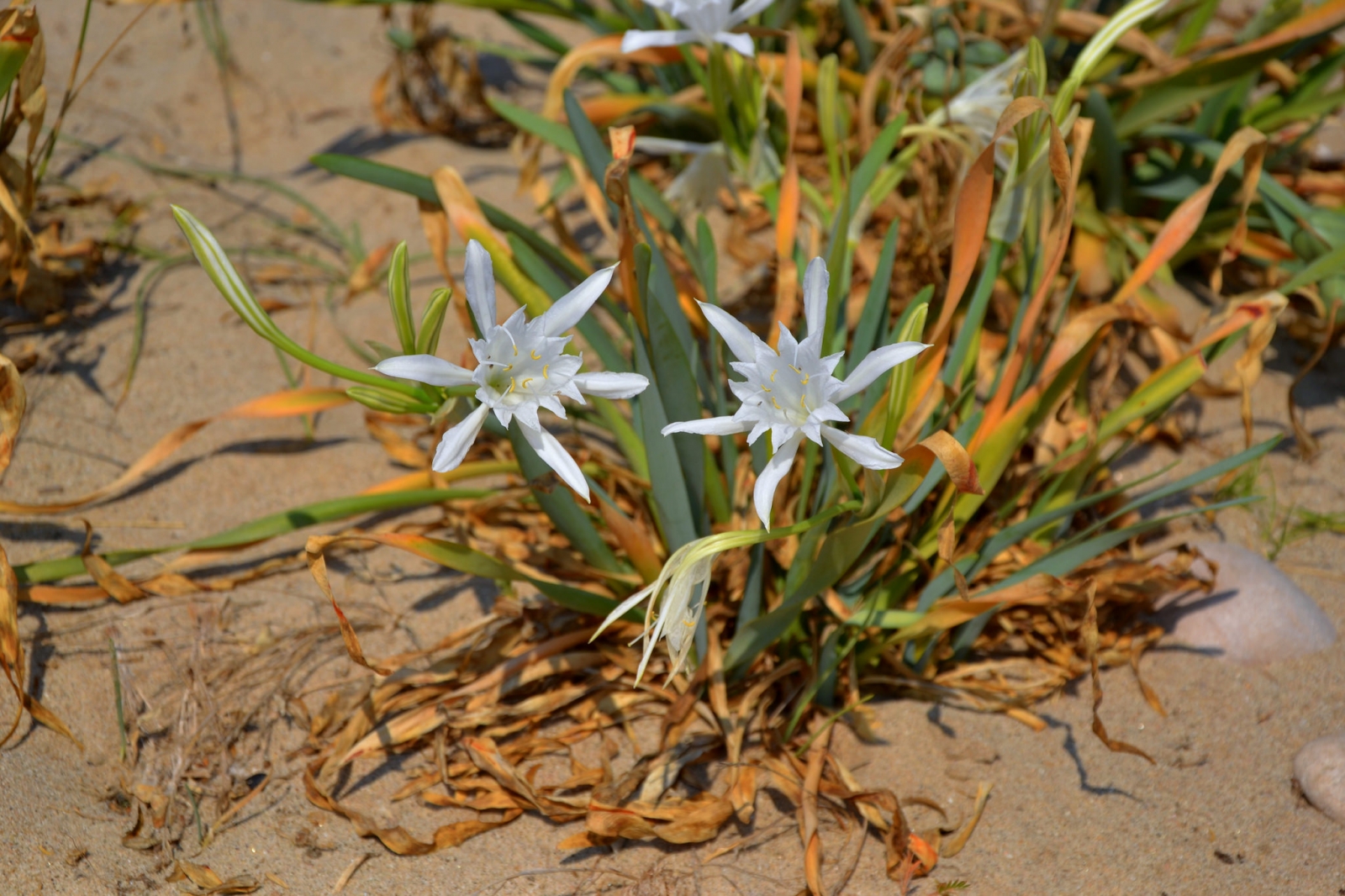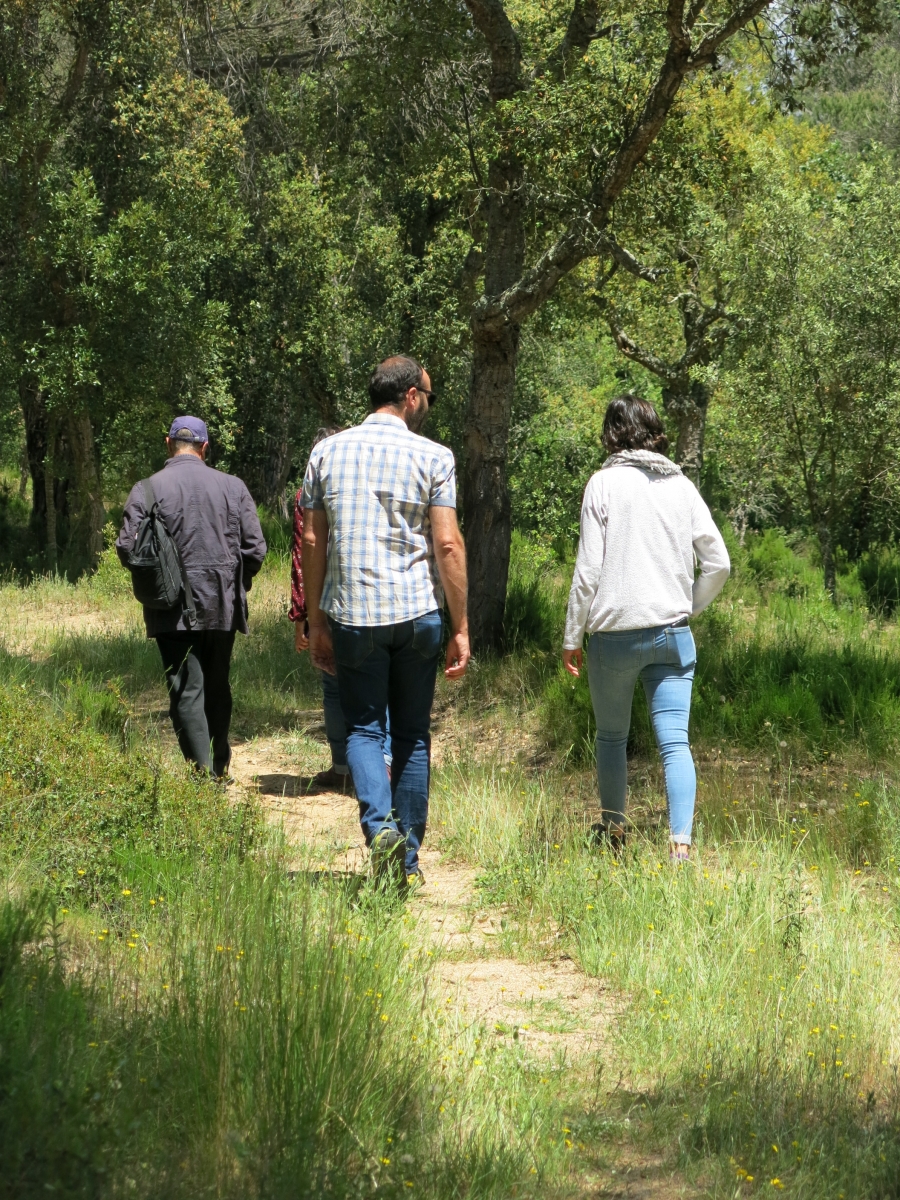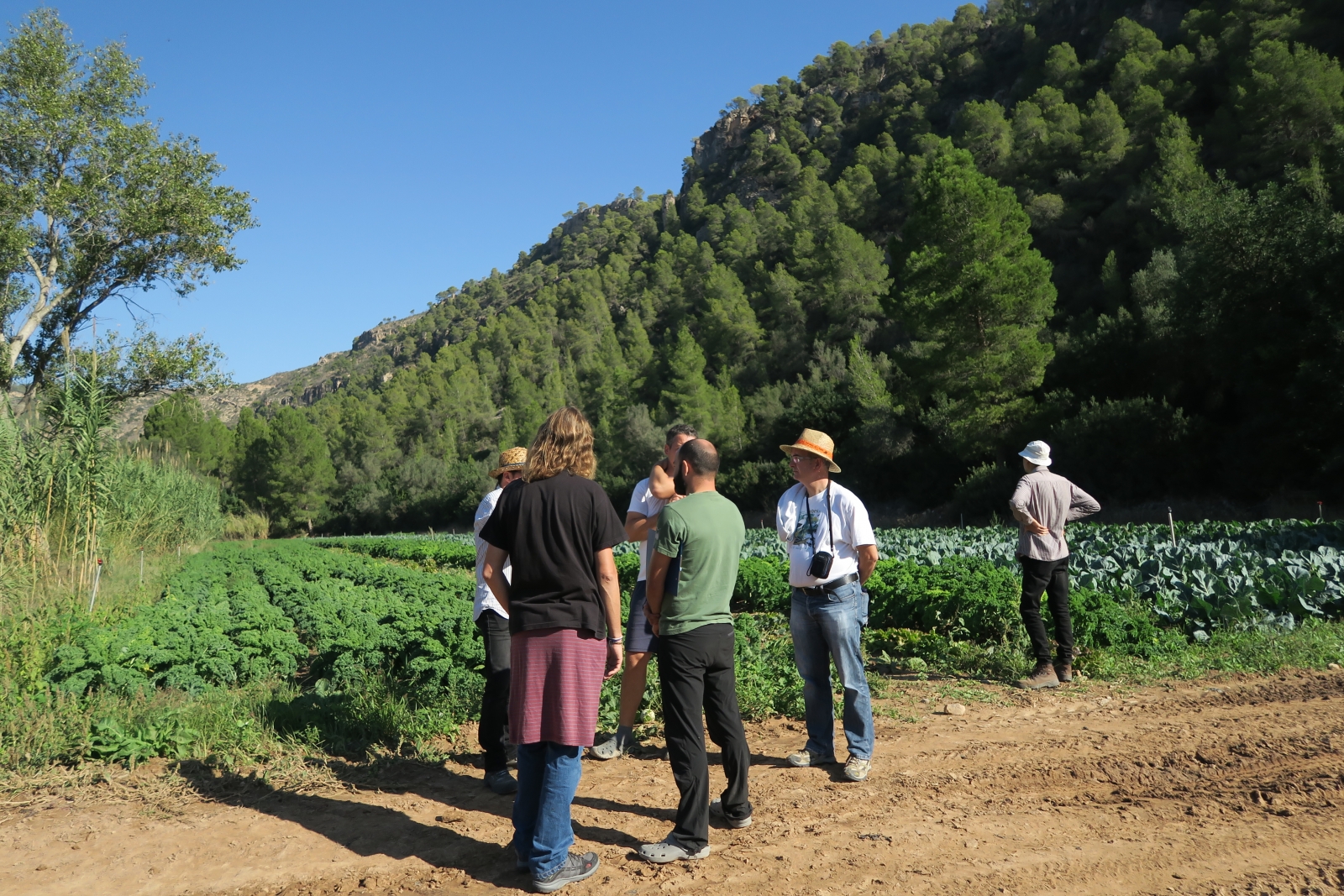Why to preserve nature?

Conserving the many services and benefits that natural spaces bring us, maintaining the landscapes that identify us and those we enjoy so much, and stopping the loss of animal and plant species are some of the challenges that humanity has been facing for decades and which have resulted in various international agreements and national laws.
Achieving these challenges depends on everyone; in fact, in countries like ours, a large part of the land that needs to be preserved is privately owned and therefore it is essential to involve and support the owners of these properties to achieve the indicated challenges. This is precisely what land stewardship seeks. On the other hand, the preservation of the nature and landscapes also requires the collaboration of citizens and private companies; this involvement can be made effective through their support – punctual or continuous – to the work of land stewardship entities.
Land stewardship aims to preserve the nature, landscape and cultural heritage of specific places, as well as ensuring that the uses and activities carried out in these places are respectful of the environment.

In practice, land stewardship takes the form of voluntary agreements agreed upon by land stewardship entities and the owners of the land to be preserved. These agreements, which are reflected in the documents called land stewardship agreements, establish commitments for both parties to maintain or restore the natural environment and landscape of the properties. Each agreement is usually linked to a property, its owner and the stewardship entity. While the agreement is in effect, the stewardship entity will conduct annual visits to the properties to ensure that the commitments are met.
Who applies land stewardship?
Those non-profit organizations, public or private, that are dedicated exclusively – or as a complement to other actions – to preserve nature, the landscape and the cultural heritage, and that use the instruments of land stewardship to achieve it. These organizations, beyond their specific name or the legal ground under which they are protected, are generically called land stewardship entities.

Among the private land stewardship entities, there are numerous associations and foundations which represent the citizens interested and committed to the conservation of nature. Some work throughout Catalonia and beyond, while others have more specific areas of action: either because they focus on a species or a group of species (birds, mammals, orchids), in an ecosystem (river, forest), or in some element of cultural heritage (churches, dry stones); well because they act on a specific territorial scale (a municipality, a region, a valley, etc.). The capacity of these entities to act greatly varies depending on the human and financial resources available to them.
There are some private entities that are not specifically dedicated to nature conservation but that use land stewardship instruments in some cases. We are talking, for example, about leisure organizations, neighbourhood associations, environmental education centres, hiking organizations, forest defence groups, and so on. Among the public entities of land stewardship, there are various types of local administrations: town councils, above all, but also consortium that manage a natural space, foundations created by town councils, region councils, etc.
